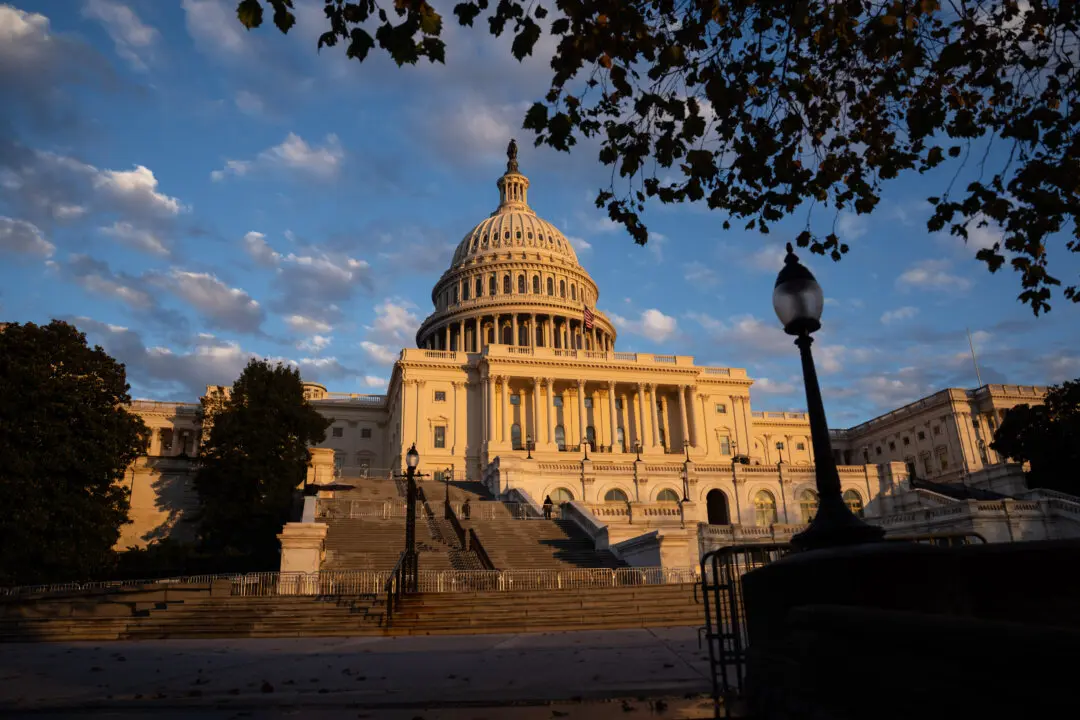In the early hours of Aug. 11, Senate Democrats took another step toward approving a $3.5 trillion budget plan through reconciliation, with the aim of “allow[ing] every major program proposed by President Biden to receive robust funding” while avoiding a Republican filibuster. A significant amount of the proposed funding will likely go to programs relating to climate change or the environment.
Sen. Bernie Sanders (I-Vt.), the self-described democratic socialist who chairs the Senate Budget Committee that introduced the budget resolution, released a statement in which he said the proposed funding will “put the U.S. in a global leadership position to combat climate change and make our planet healthy and habitable for future generations.”





